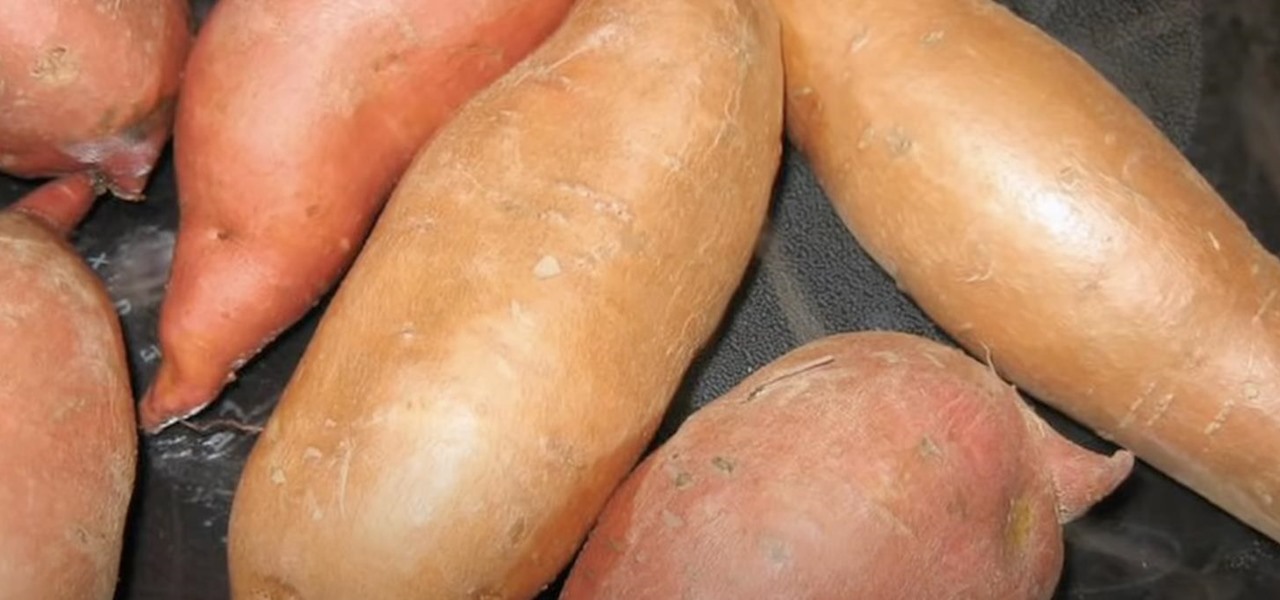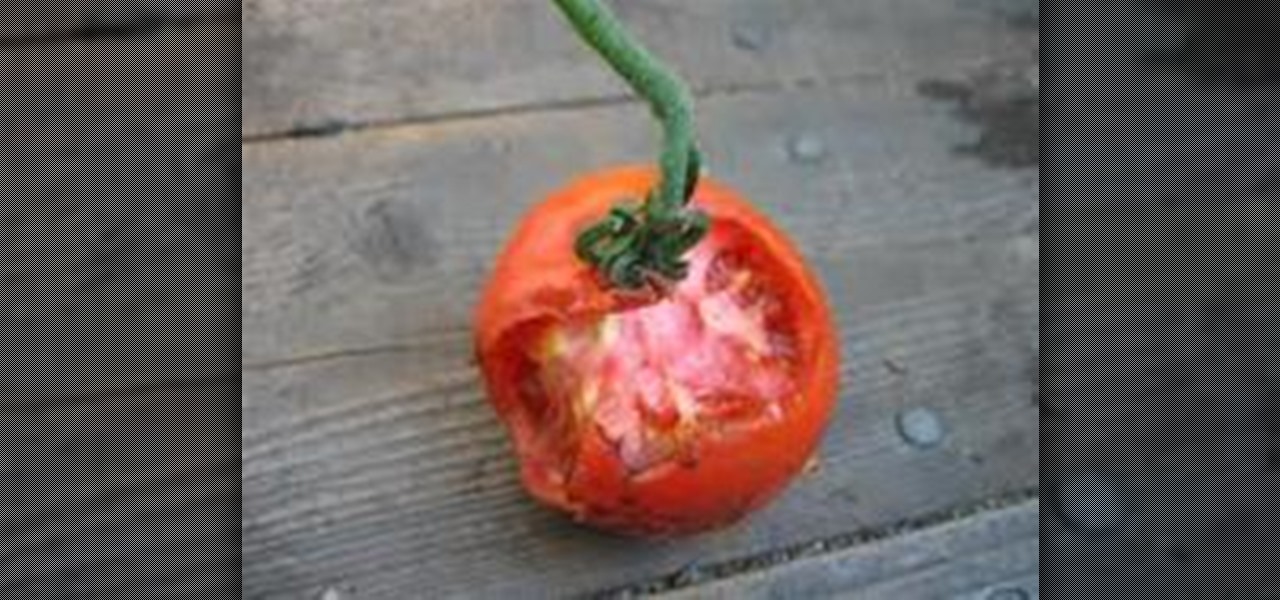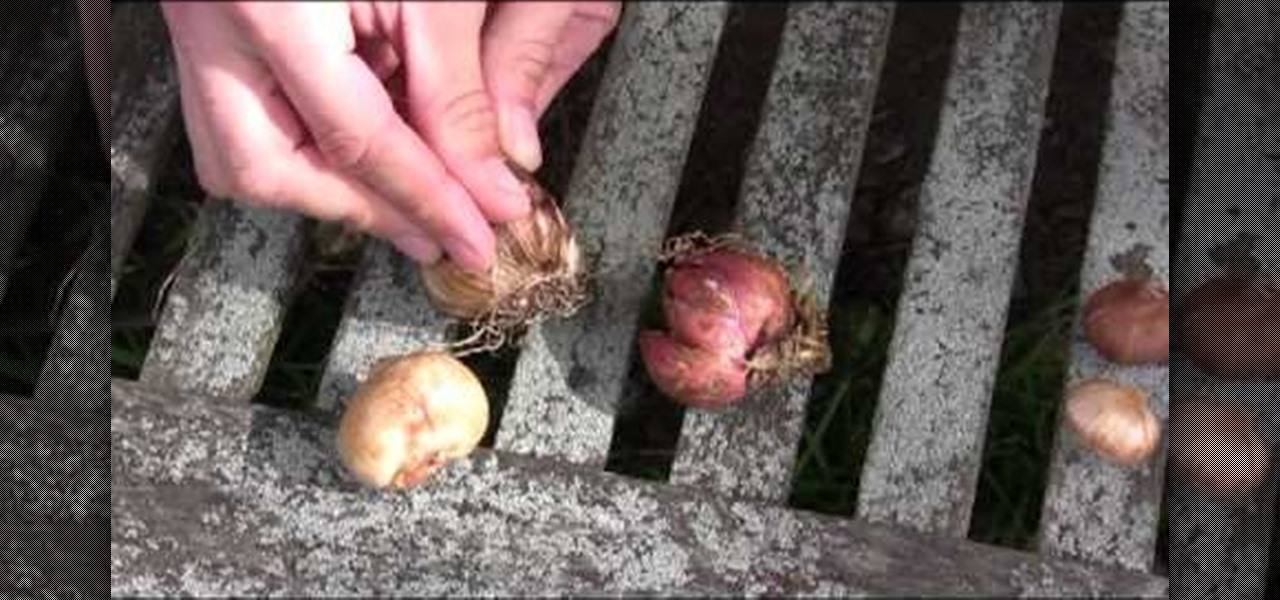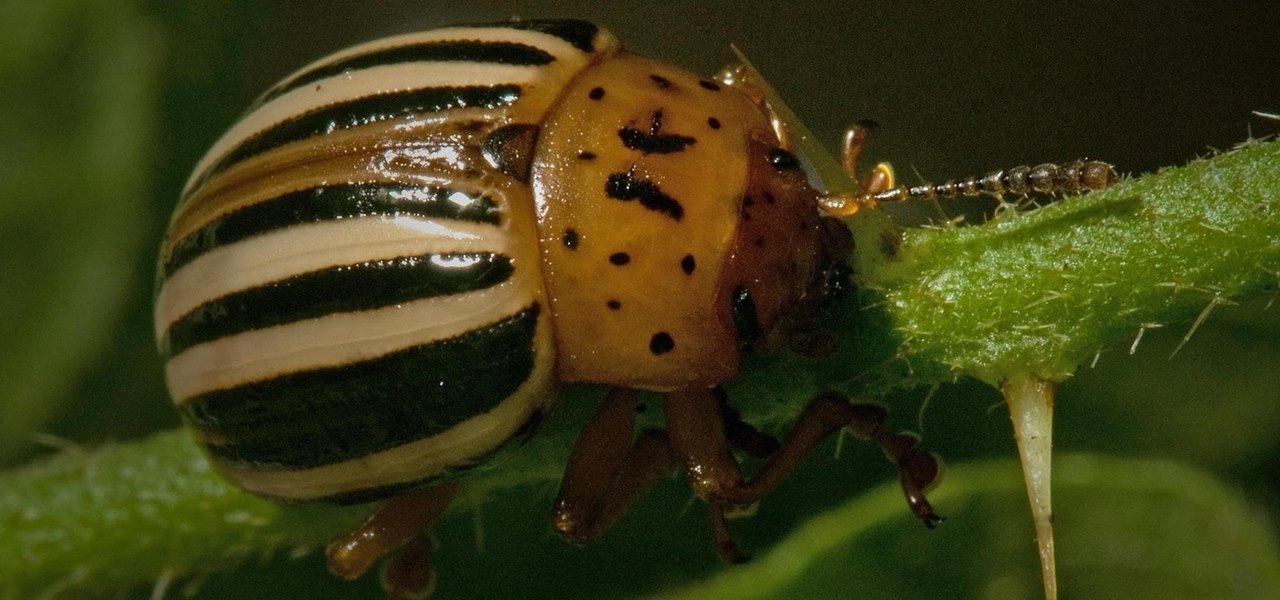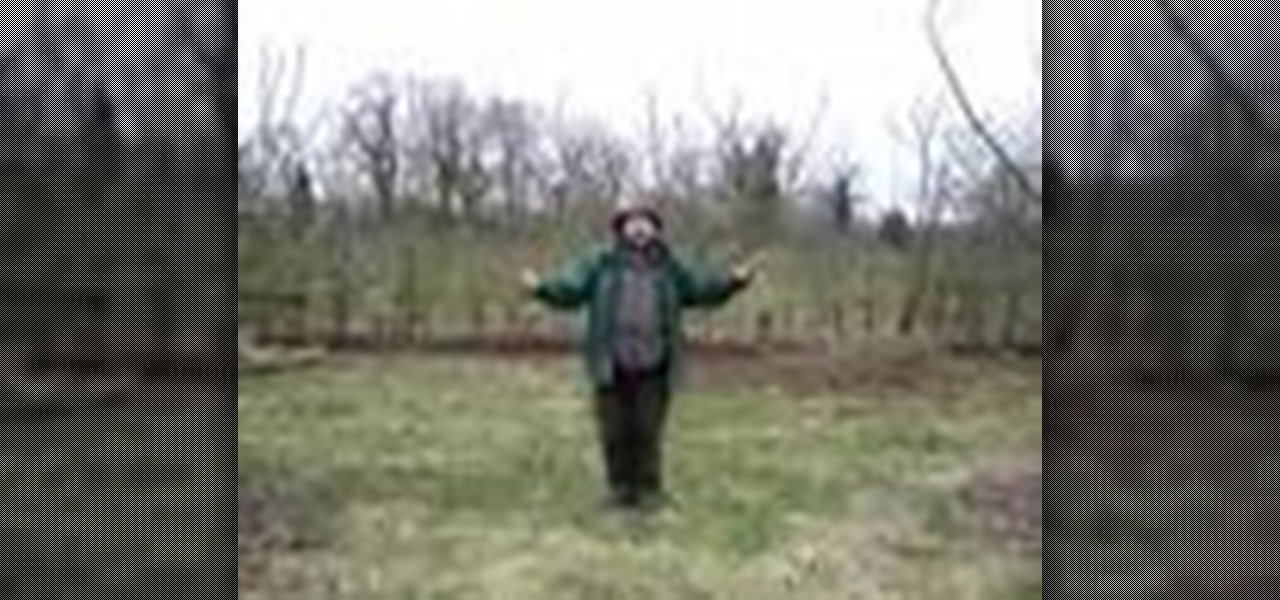Gardening How-Tos

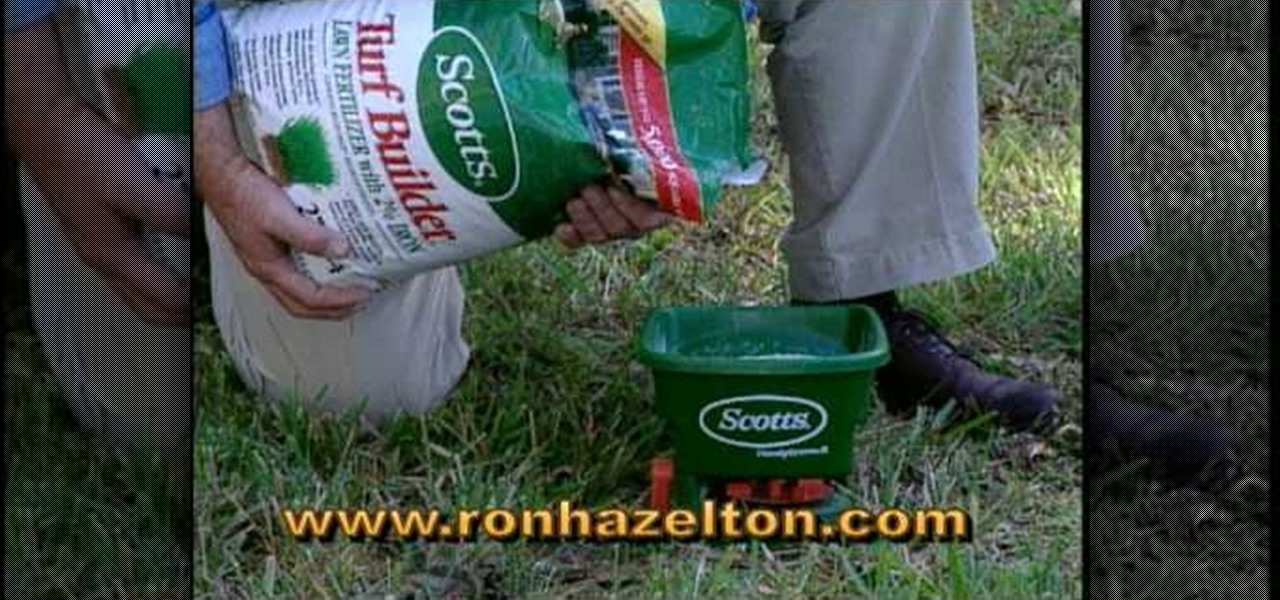
How To: Care for a lawn in drought conditions
Regardless of where you are, there will probably be a period when your lawn will turn brown and possibly go dormant when there is a drought. Contrary to popular belief, it is okay to use fertilizer on your lawn when there is a drought. Using a higher setting on your lawnmower will allow the grass blades to be longer, allowing them to retain more moisture. When you are finally able to water your lawn again, make sure to water it twice a day, hopefully in the early morning to avoid the heat of ...
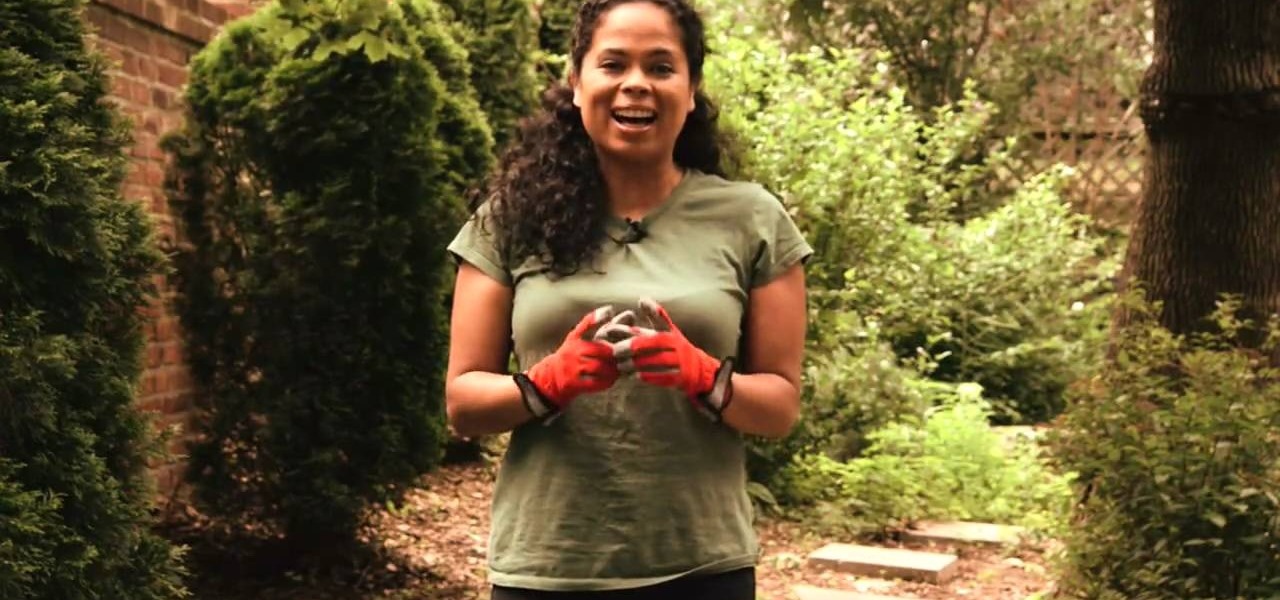
How To: Install a simple garden retaining wall
Patti the Garden Girl shows her viewers how to install a retaining wall in her urban garden. Garden Soxx is a product that will allow you to make a retaining wall in your garden that will prevent and fix any erosion problem you may have in your yard. After making a small shelf on the eroding section of dirt, place the round Garden Soxx inside the hole, forming a wall against erosion. Create a second layer of the Garden Soxx that overlaps with the first for maximum protection again any soil er...

How To: Plant a 30 minute vegetable garden
You can have a garden in less than 30 minutes. The key is a product called garden socks. They are two cubic feet long and they have one cubic foot of compost inside of them. One thing that makes this product useful is that they are very light and easy to carry around and they provide a weed free garden. All you have to do is build your raised box and then fill it with these lightweight two-foot socks of compost. Next take the plants that you are going to plant and arrange them in the box in t...

How To: How to plant with the "Three Sisters" method
To prepare for planting take a fork and poke it into the ground and loosen up the ground. Do this throughout the beds so that the ground is completely loosened up. After you finish loosening the soil take a shovel and dig to the bottom of the bed and turn the soil over. If there are leaves in the bed go ahead and turn the leaves over into the soil. It will provide extra compost for the soil. Add some rabbit manure to the soil to provide extra nutrients. Turn the manure into the soil so that i...
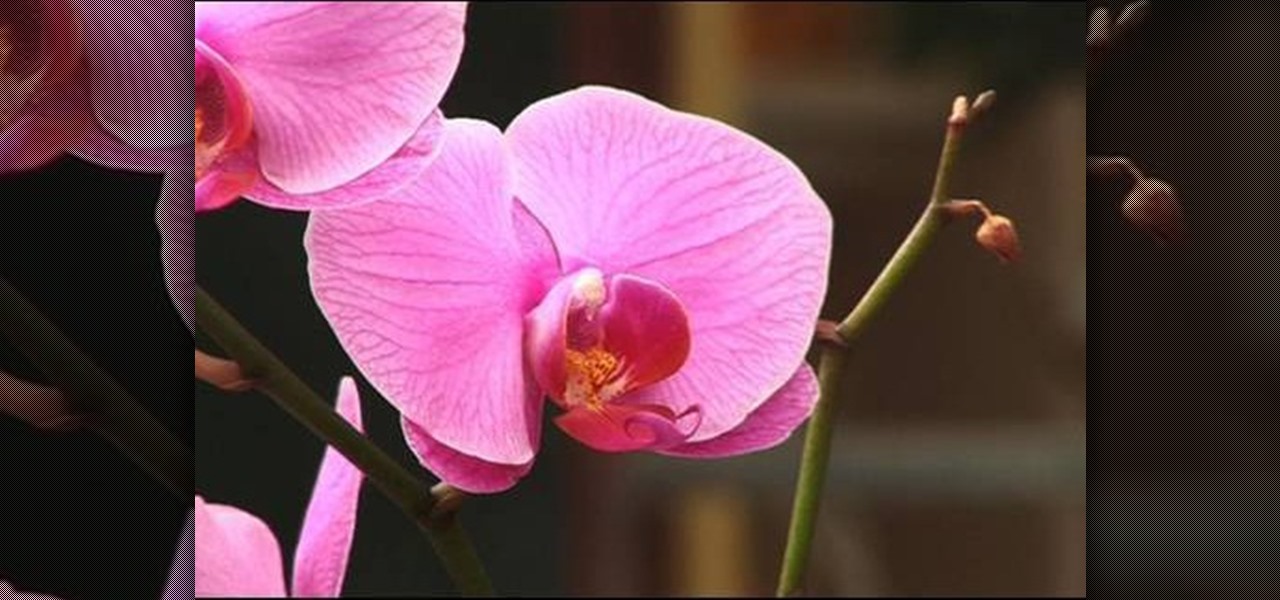
How To: Water Phalaenopsis orchids
This video shows the viewer how to correctly water Phalaenopsis orchids. According to the video these are the type of orchids that most people have in their homes. The instructions are to water your orchid with Luke-warm water once every 7-10 days, or as often as is needed. The creator, Dave Epstein, also suggests adding 1/4 strength plant food to the water. He also recommends checking the medium that the orchid is planted in to judge whether watering is necessary. For more information on how...
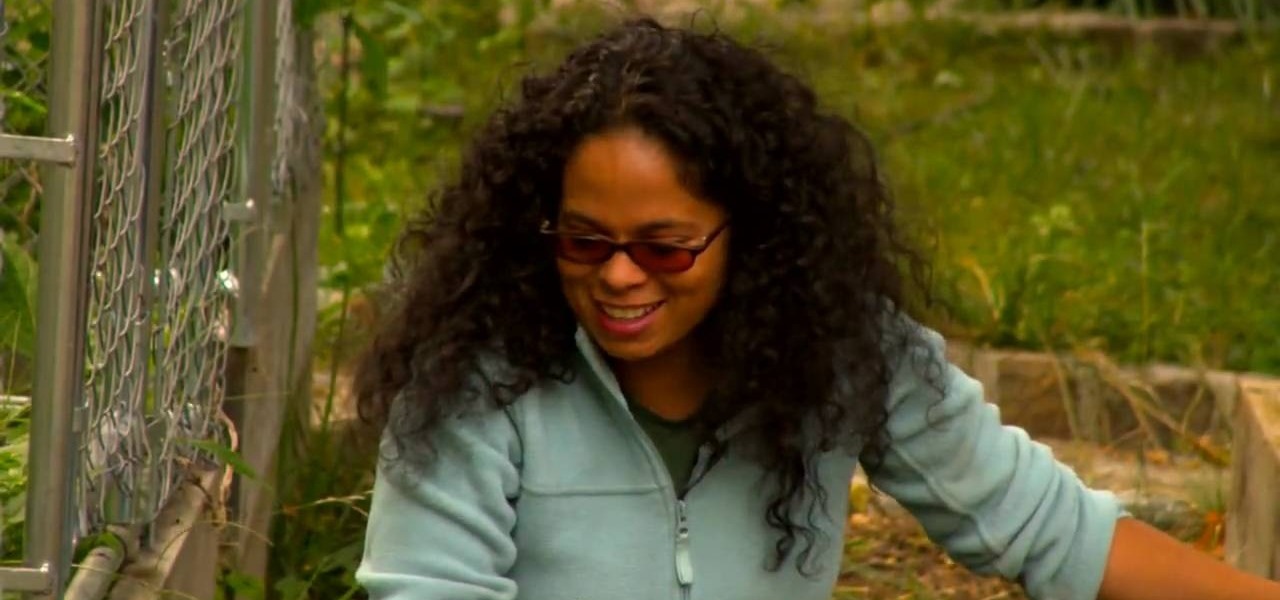
How To: Install an eco-friendly lawn
Patti Moreno the Garden Girl shows how to grow an environmentally friendly, low maintenance, drought and insect resistant Eco-Lawn, a blend of 7 Fescue grasses for shady, rocky, and sandy soils. Prepare the bare ground by raking debris. Spread the seed, and then water the seed once a day for the first month. The grass sprouts in 7-14 days. Fill in patches with more seed. Remove leaves, but don't disturb soil and seeds. To convert to an Eco-Lawn, mow the old grass very low, and then spread new...

How To: Build a raised garden bed & hoop house
In this video you are taught how to build a raised garden bed and hoop house. You first begin with a layer of gravel and then place the layers on top of it. You can use leaves you can find to fertilize the soil. The video also teaches you how to build a hoop house using PVC pipes. This video is for urban gardeners or anyone who wants total control during the planting process of beautiful plants and flowers.
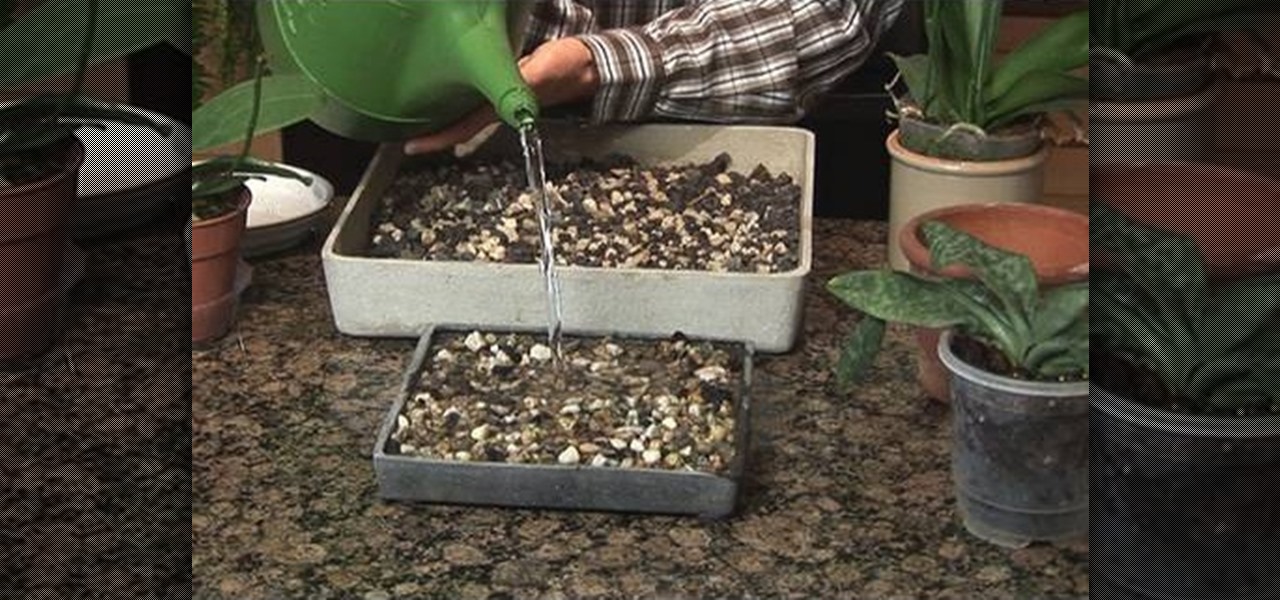
How To: Make a humidity tray
This video tells you about humidity trays and how they are good for tropical plants like orchids. The tray consists of gravel or small stones and water in the tray. You have to have enough gravel to keep the plant out of the water. This video also discusses ways on how to make sure the humidity tray doesn't scratch your furniture. After watching this video you will have gained some insight into keeping and maintaining tropical plants as well as ferns.
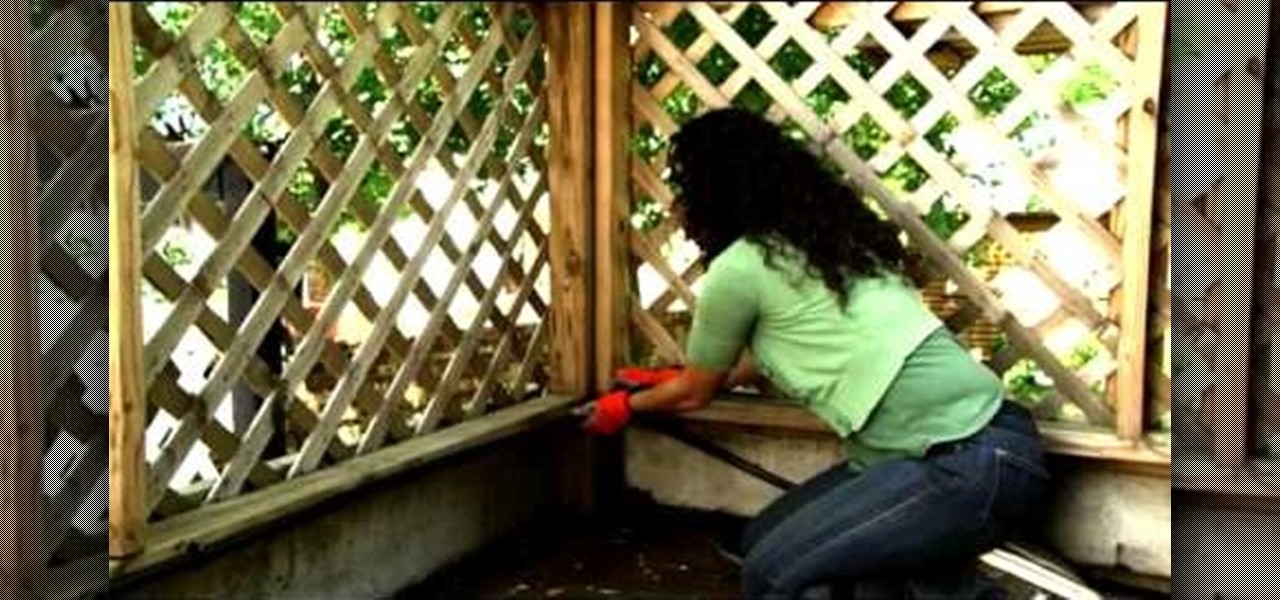
How To: Set up drip irrigation for a container garden
Patti Moreno, the Garden Girl, shows how to install a drip irrigation system in a container garden for growing herbs and vegetables. Container plants also need more fertilizer. First, at the spigot, connect a manifold/timer with a fertilizer dispenser and a filter to remove particles. Then run a half-inch main tube line to the patio, using clamps to secure the tubing to fencing and elbow joints at any corners. For each container, punch a hole in the main tube and attach a quarter-inch tube wi...
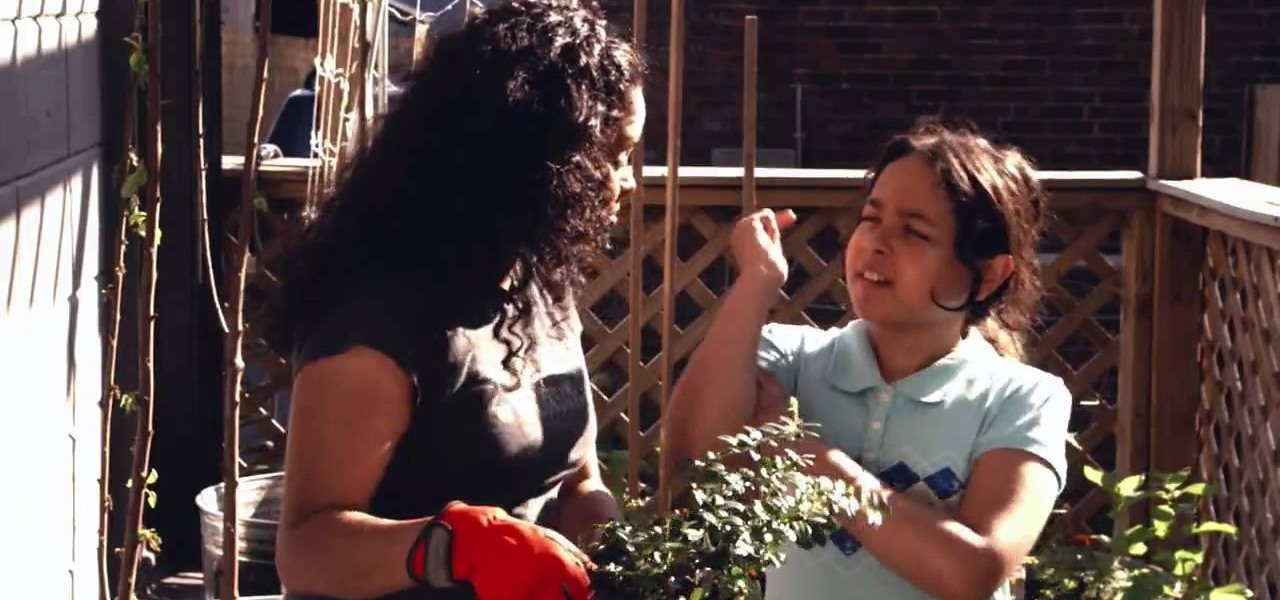
How To: Plant lingonberry in a container garden
Lingonberries are really popular in Sweden. One fact about Lingonberries that people don't know is that they are high in vitamin C. Lingonberry plants produce berries once in the summer and once in the fall, so you get two harvests from this crop which is a really nice. The Lingonberry bushes grow to be one and a half feet wide and one and a half feet tall. So they don't get too large. Take the plants out of the containers very gently. Place the plant in a pot and add some potting soil to fil...

How To: Sprout a home terrarium
You can use either an open or a closed container for your terrarium. Because there is no drainage hole in the container it's really important to have a false drainage system. So you can add river gravel or rocks to the bottom of the terrarium as a drainage level. Put about one inch of rocks in the bottom of the terrarium. Add a layer of charcoal on top of the rocks and it will help to keep the whole terrarium fresh. The charcoal will help keep mold and bacteria from growing in the terrarium. ...

How To: Water Evergreens in the fall
First of all, he explains that evergreens will have problems if you don't water them late enough into the season. He introduces Ken Mayer who compares two types of evergreens. He shows a tree which has lost its coloration and explains that that tree lost water over the winter. Its roots have been frozen and if the roots are frozen the water cannot circulate where it is needed. When the spring comes, the plant will need water and it will not be able to be supplied with it. It then gives tips o...
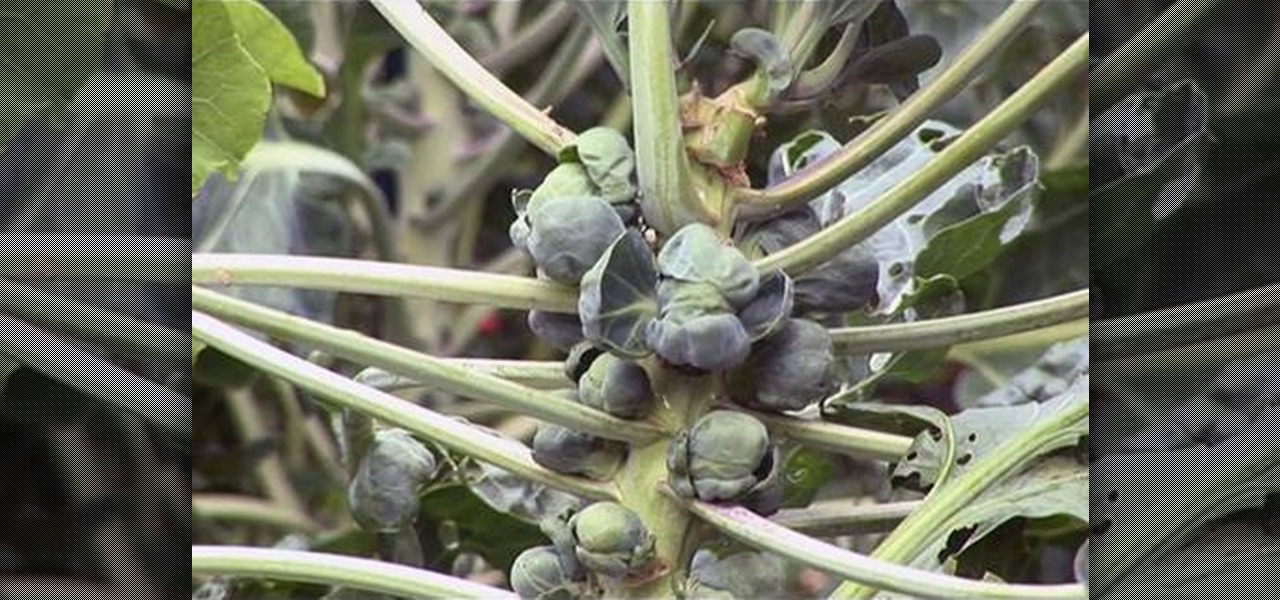
How To: Grow Brussels sprouts
If you plant brussels sprouts you have to be prepared to wait a long time before the plant produces anything for you. It takes roughly five months for the plant to produce brussels sprouts. The brussels sprouts grow at the intersection where the the leaf meets the main stem of the plant. When the brussels sprouts are near the end of the growth cycle you can break the tops of the plants off to help force nutrients down into the plant.

How To: Make your own worm bin
Patty Moreno shows us how to make a worm compost bin with cheap, everyday, household items. • Get an 18-gallon rubber storage bin and at least two tops.

How To: Create a worm farm
Don't know what to do with your your dinner scrapes or garbage? This video shows you how to create and care for your very own worm farm. Using coya fiber, a proper bin to help maintain about two thousand worms, dirt, and your garbage you'll have your very own worm farm in no time. This is a quick and easy to follow tutorial from a worm farm expert. Remember, to water your worms, and cover there home for strong, healthy worms.

How To: Sow small seeds (begonia semperflorens)
This video tutorial shows you how to sow the seeds of the Begonia Semperflorens. 1. Obtain an already grown flower pot.

How To: Choose the right garden mulch
This video will show you how to choose the right mulch for your garden. The first thing to learn is that you have a lot of choices when it comes to selecting a garden mulch. The first type is organic mulch. Organic mulch is a kind of mulch that will break down into the soil over a period of time. Wood chip is an example of organic mulch. You can put a weed mat down under the mulch to keep the weeds from growing up. A second way to mulch the garden is with a decorative pebble. They come a wide...
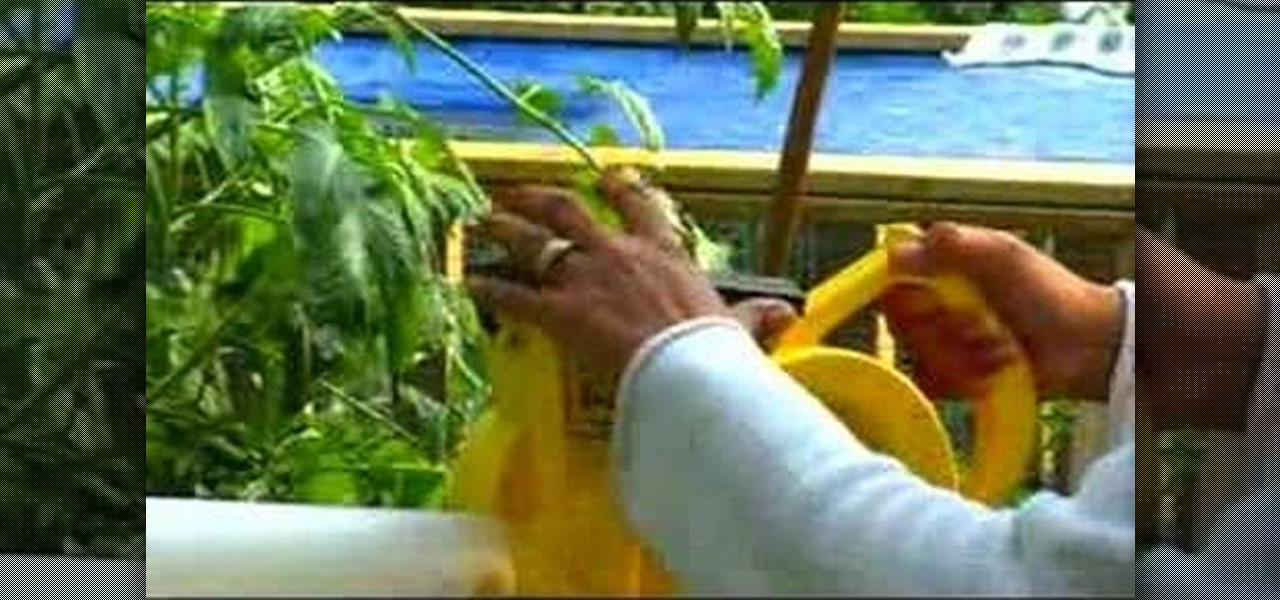
How To: Keep insects away from your organic garden
When it comes to pest control, why work against nature when you can just as easily put it to work for you? In this insect control how-to, you'll learn how to use fossilized algae ("diatomaceous earth" for the highfalutin) to keep bugs away from your organic garden the easy, natural way.

How To: Blow-up and remove a large rock from the ground
Is there a rock in your yard that's bothering you? This video will show you how to get rid of it. First you dig around the rock to figure out where you want to drill your holes. Then you drill holes into the sides of the rock. It’s important to clean the dust out of the holes because you might have a misfire. Put two cartridges in each hole (the number of cartridges depends on the size of the rock). Extent the hoses about 25 ft away and attach the hoses to the air source. Make sure the area i...

How To: Plant banana trees
This video shows you how to plant banana trees. There is a kind of banana tree that is winter hardy. It's called an Orinoco Banana Tree. Use a pitchfork to loosen the soil where the banana tree is going to be planted. Just poke the dirt with the pitchfork until the area that the tree will be planted in is loose. It should be about 2 times the size of the pot the tree is in. Take a shovel and shovel the dirt out of the hole. Take the tree out of the pot and put it in the hole. Center the tree ...

How To: Use a Hydroponic Seed Starter to produce seedlings
Learn how to make and use a hydroponic seed starter to produce seedlings with this video tutorial. This is a very easy setup to make. Start with a basic metal shelving unit. Hang florescent lights above each of the shelves on the shelving unit. Make sure the lights are balanced for day time. Put a plastic container on each shelf that is about the size of the shelf and tall enough for the rim to sit just below the florescent light tubes. You will need some pecks tubing and some plastic clamps....
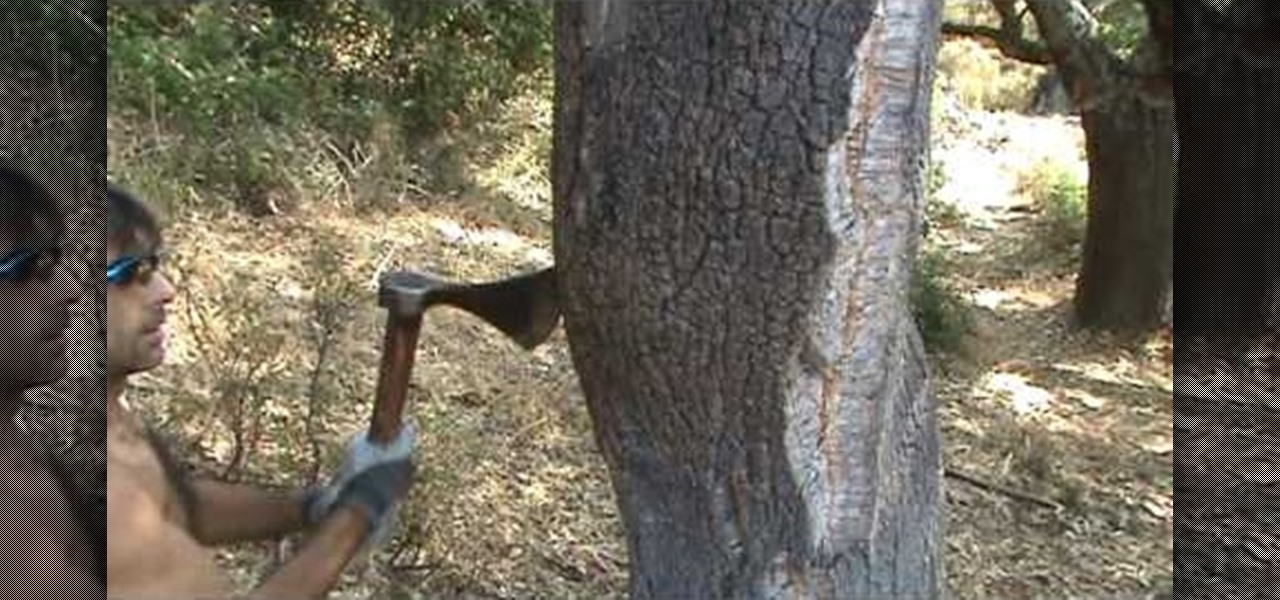
How To: Extract raw cork from the cork oak tree
Have you ever bought a cork product? Cork liner? Cork coasters? Wine… with a cork? Well, did you ever wonder where it comes from? Watch this video demonstration and you'll find out how raw cork is extracted from the Cork Oak.
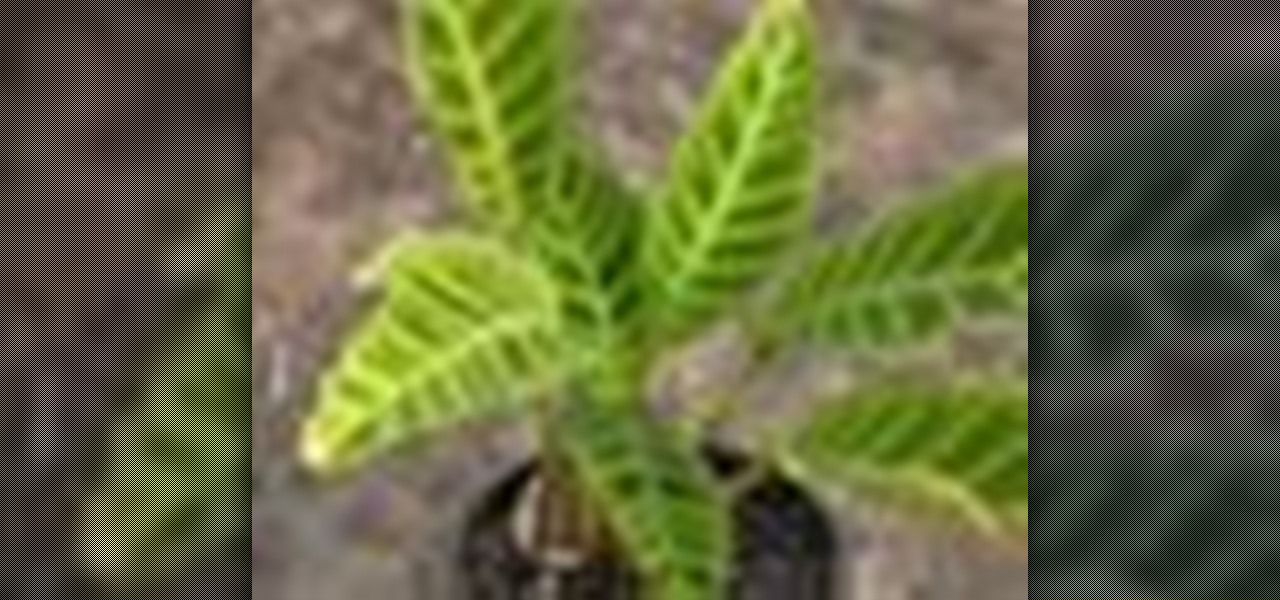
How To: Revive a dying plant
Don't throw out your wilting plants! There's a chance you can bring it back from the dead. Your wilting plant can be spared and revitalized with a little help & these easy steps.

How To: Grow wheatgrass
Looking to grow your own wheatgrass? Wheatgrass is equated with health benefits and contains provide chlorophyll, amino acids, minerals, vitamins, and enzymes. Growing your own wheatgrass is easy and fun – even if you don't have a green thumb!

How To: Make a window planter
Looking for a new DIY project? Follow the steps in this video to get a great view of big blooms and colorful posies with box planters hung beneath your windows.

How To: Make a garden maze
Looking to be the talk of the town? Do you love gardening and have some time to spare? Build a garden maze and make your yard the neighborhood sensation.
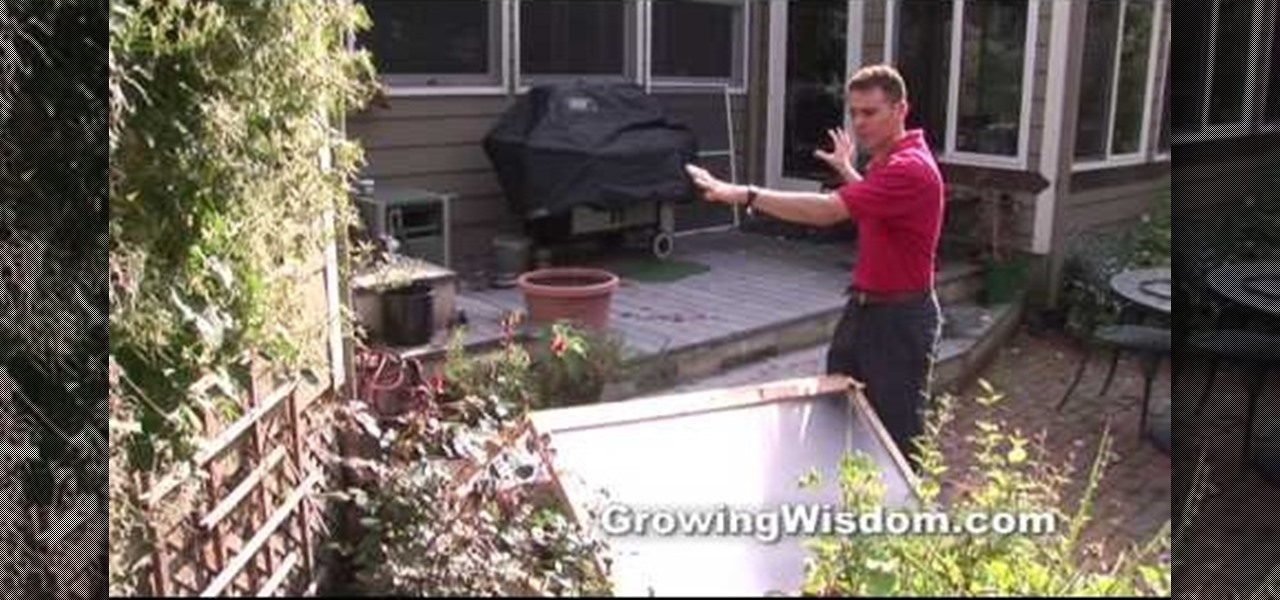
How To: Use a cold frame to extend the growing season
A cold frame is a great way to extend the growing season in your garden. When you set up a cold frame, you can keep your plants healthy and growing, even when it's cold outside. In this video tutorial, you'll learn how to set up and use a cold frame.
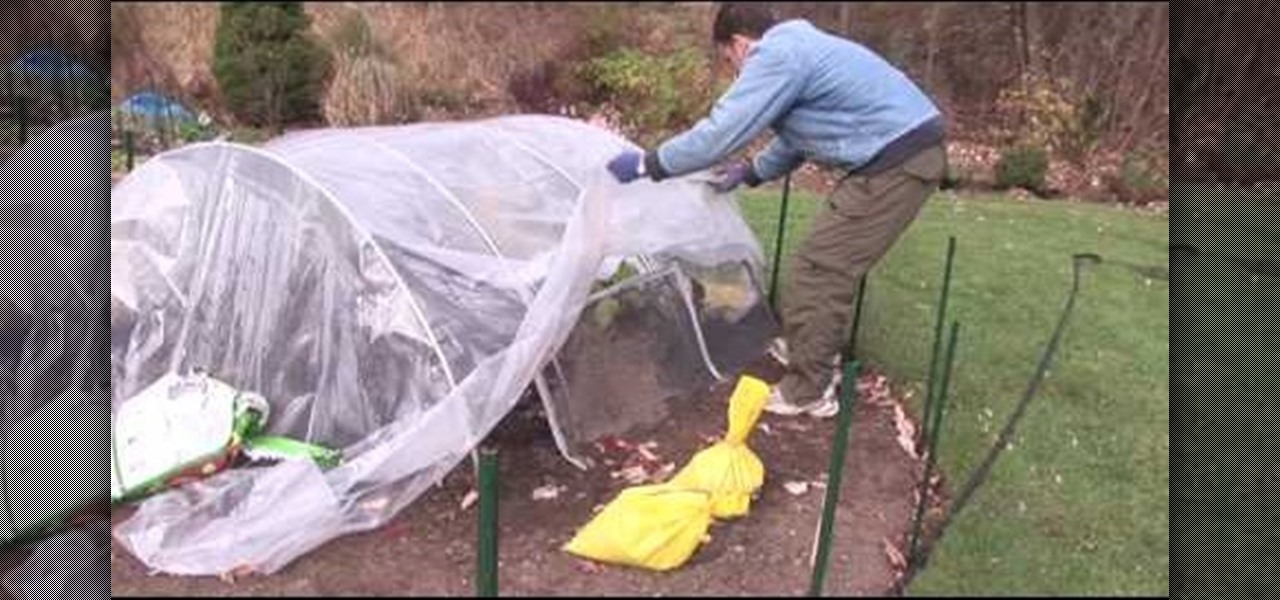
How To: Ventilate a low tunnel in your garden
A low tunnel is a kind of mini-greenhouse for your garden. Growing vegetables in a low tunnel requires proper ventilation. In this tutorial, you'll learn how to provide the right ventilation for your low tunnel, keeping your plants happy and healthy.
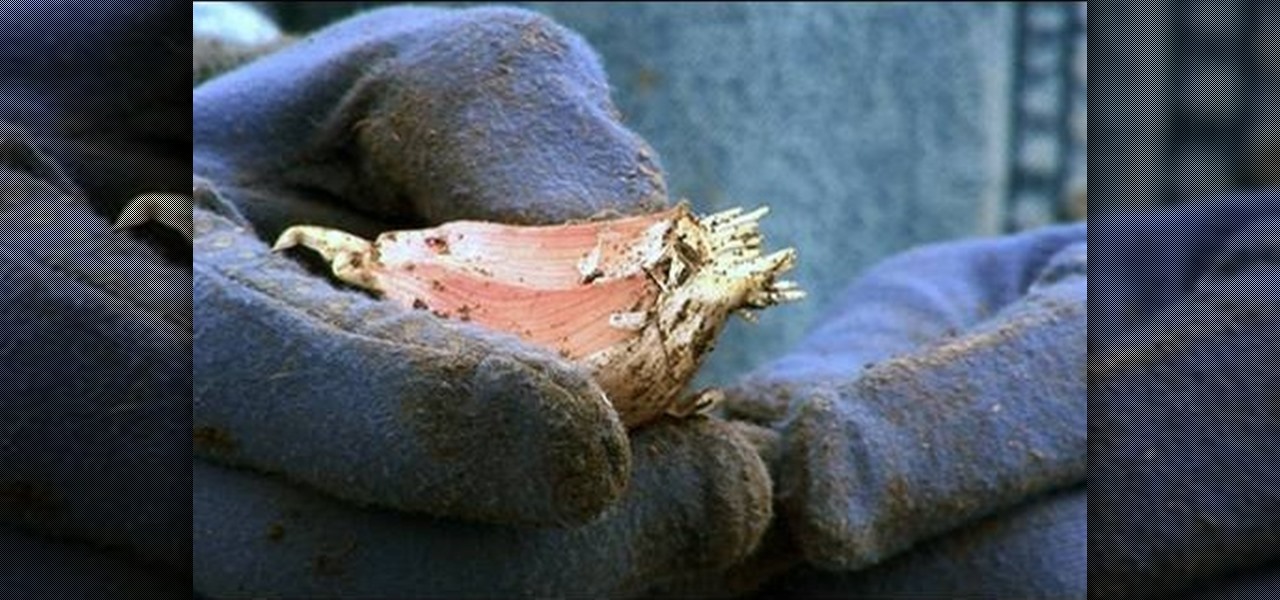
How To: Plant garlic in your vegetable garden
Garlic is great for spicing up your meals (and keeping vampires away!) and fall is a great time to grow it. In this video tutorial, you'll learn how to grow garlic in your garden. Get some garlic bulbs from a seed catalog, nursery or organic grower, and you'll soon have a garlic crop to be proud of.
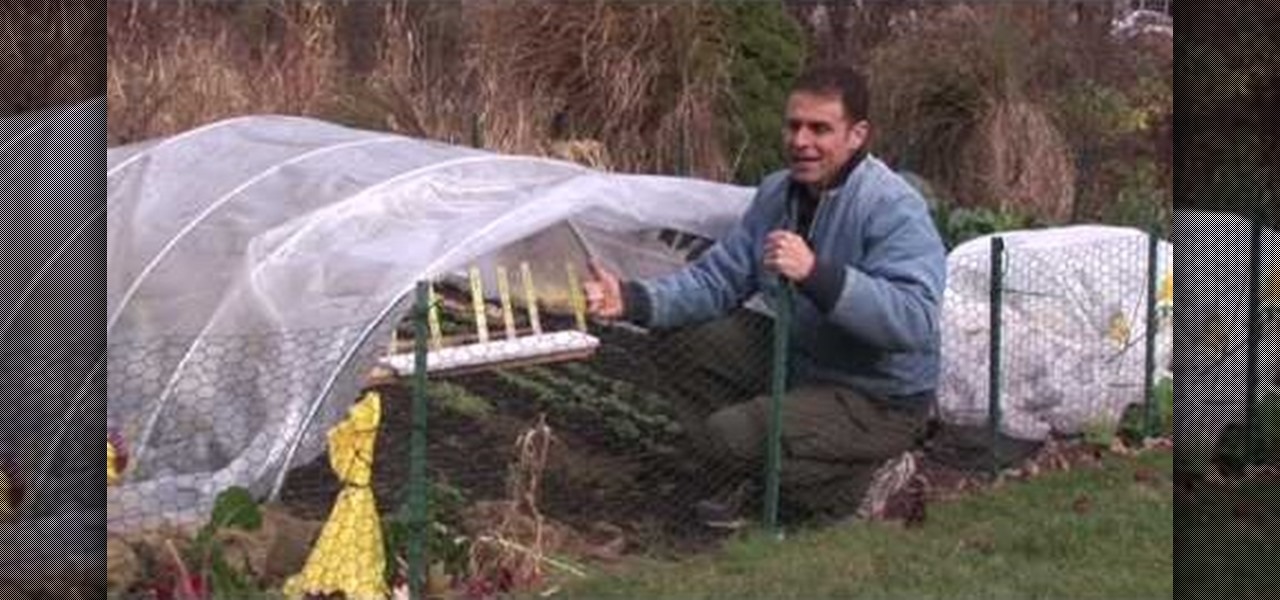
How To: Grow vegetables late in the season
Come the fall, your garden is probably going to be looking pretty spare. But it doesn't have to be that way. There are vegetables that will thrive in the fall. In this Growing Wisdom gardening tutorial, you'll learn how to grow vegetables in the cooler months.
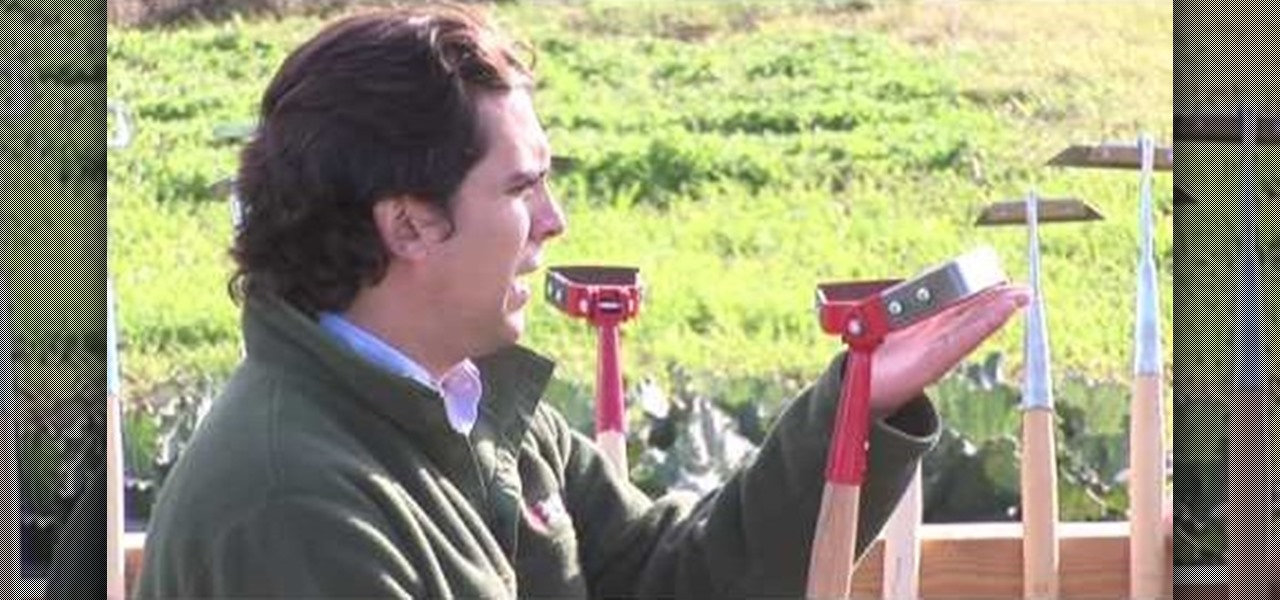
How To: Weed in hard-to-reach spots
One of the most challenging, arduous parts of gardening is weeding vegetables that are close to the ground. Cabbage, for instance, leafs out near the earth and can be fiendishly tricky to weed. In this Growing Wisdom gardening tutorial, you'll learn about some of the tools that can help you weed those hard-to-reach spots without breaking your back in the process.

How To: Aerate your soil using a broadfork
Aerating your soil is an essential part of gardening, but it can be long and back-breaking work. In this episode of Growing Wisdom, Dave Epstein will teach you how to use a broadfork to aerate your soil. Using a broadfork, you can aerate the soil without damaging the soil's ecology.
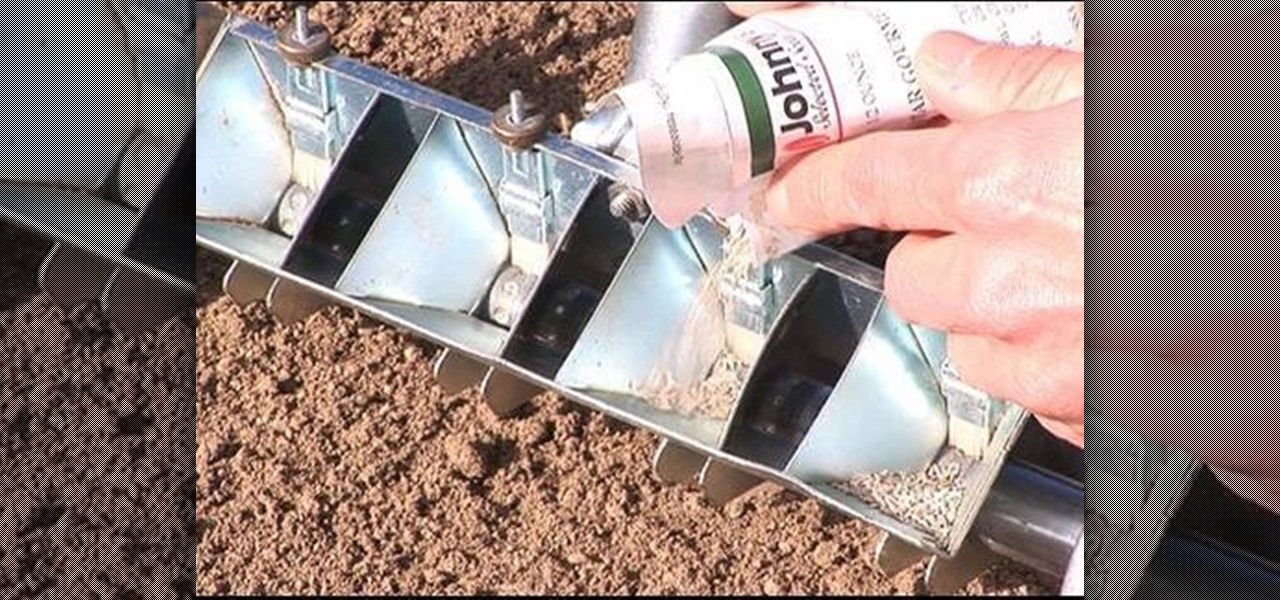
How To: Plant seeds using a pinpoint seeder
It can be a real challenge to plant your seeds in evenly-spaced lines. In this episode of Growing Wisdom, Dave Epstein will show you how to use a four-row pinpoint seeder to plenty your seeds. Using devices like this, planting seeds in even lines will be a whole lot easier.
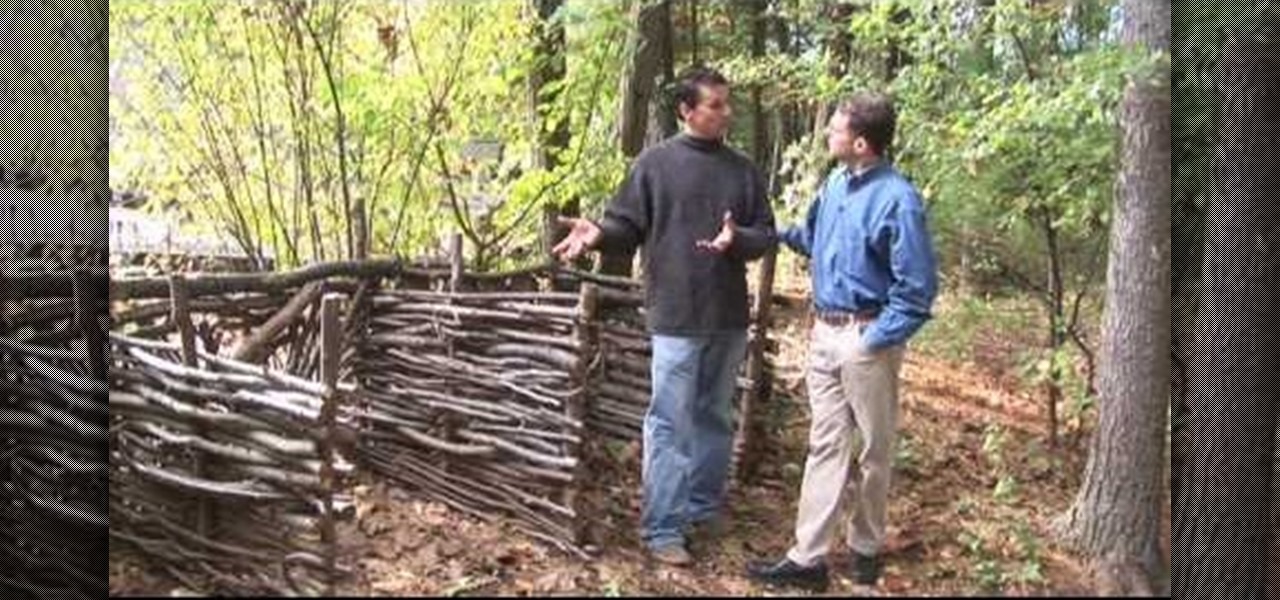
How To: Use a three-bin composting system
Every day, the average American throws away about four pounds of trash. But a lot of your daily trash could actually be very useful in the garden, as composting. In this episode of Growing Wisdom, Dave Epstein shows you how to use a three-bin composting system.
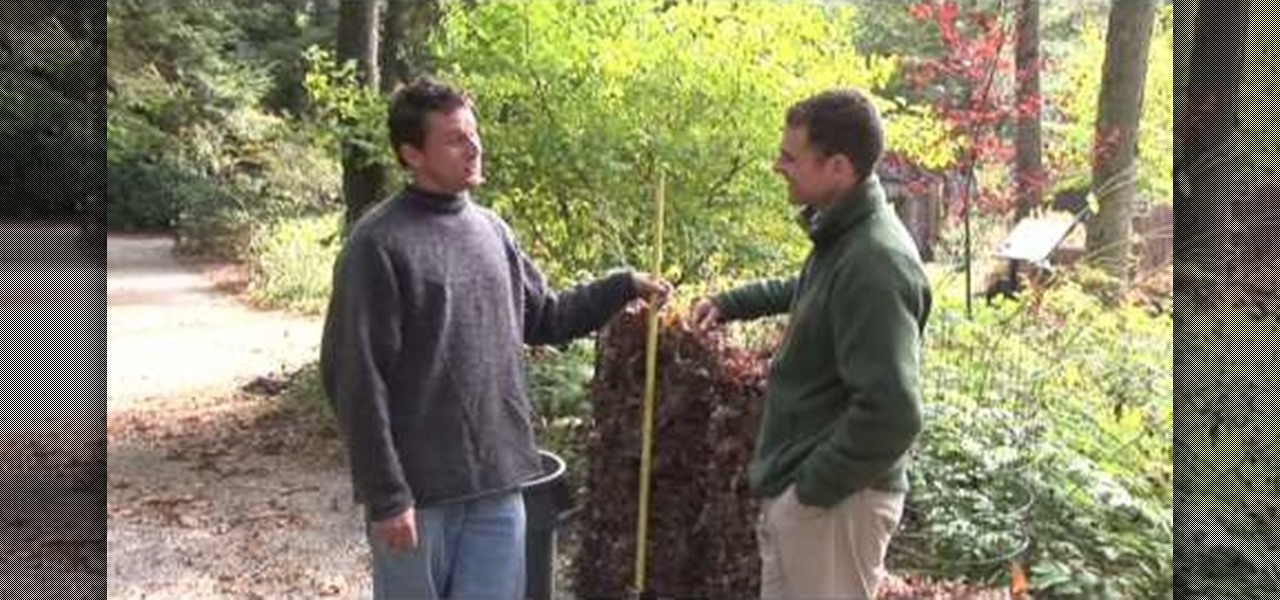
How To: Make a leaf fence
Autumn leaves may be beautiful, but they can also be incredibly annoying as they pile up around your garden. But there are things you can do with autumn leaves, like mulching them, composting them and turning them into a living fence. In this episode of Growing Wisdom, Dave Epstein walks you through how to make a leaf fence.

How To: Extract seeds from tomatoes
If you've grown tomatoes from seed, perhaps you've wondered how the seed company extracts those seeds. In this episode of Growing Wisdom, Dave Epstein walks you through a process known as sluicing. Using sluicing, you can extract vegetable seeds yourself.
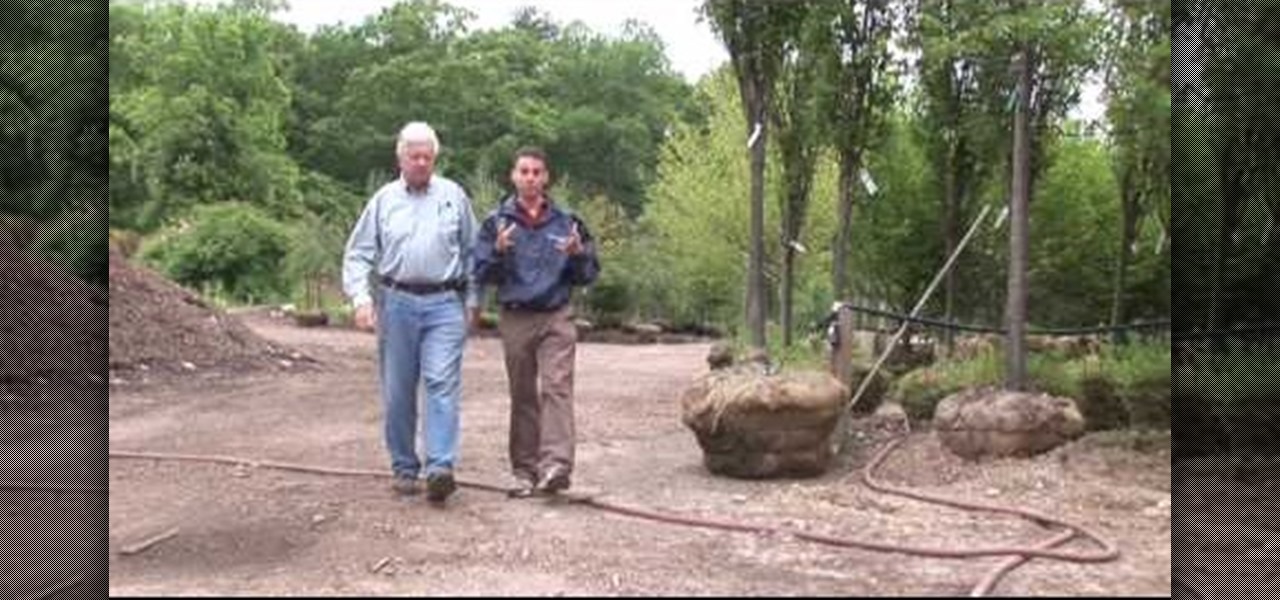
How To: Choose a shade tree
When you head to your neighborhood gardening center to find a shade tree for your garden, the variety of choices can be pretty overwhelming. There are so many kinds of trees, and each of those trees has its own varieties. In this clip, Dave Epstein from Growing Wisdom will help find the best shade tree for you.
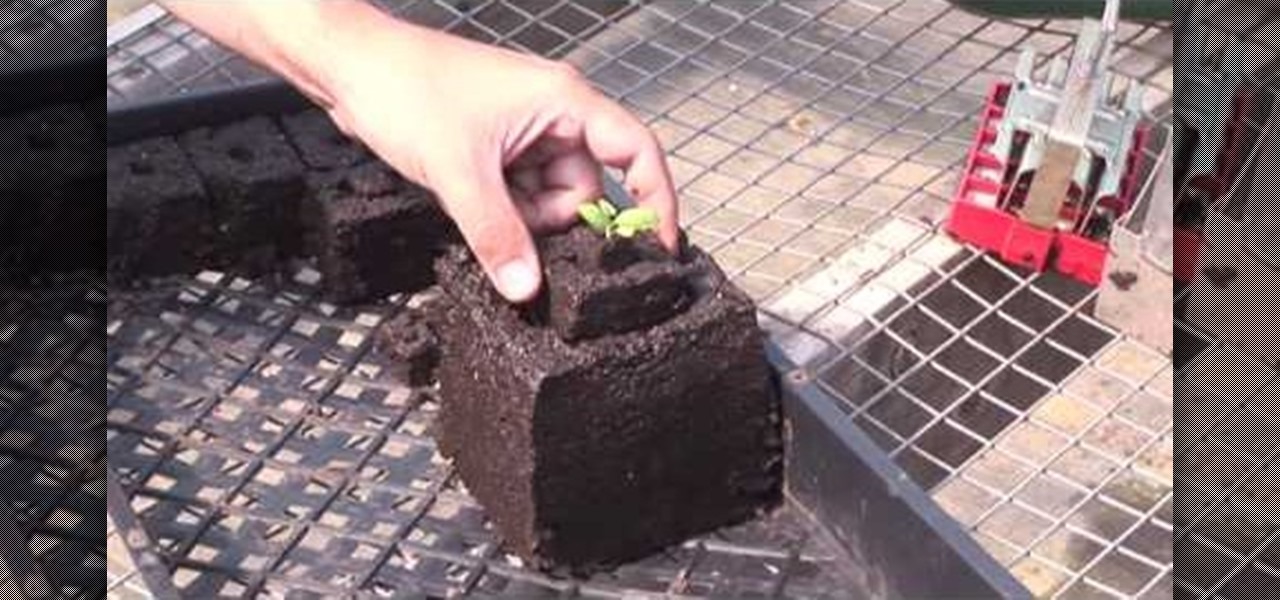
How To: Use soil block makers to start seeds
A soil block maker is a cool device for starting your seeds. All you do is fill a container with soil and use the block maker like a cookie cutter. Then you'll have little blocks of soil to plant your seeds in, and you can easily transfer the block to your garden. Now stand back and watch your plants grow!
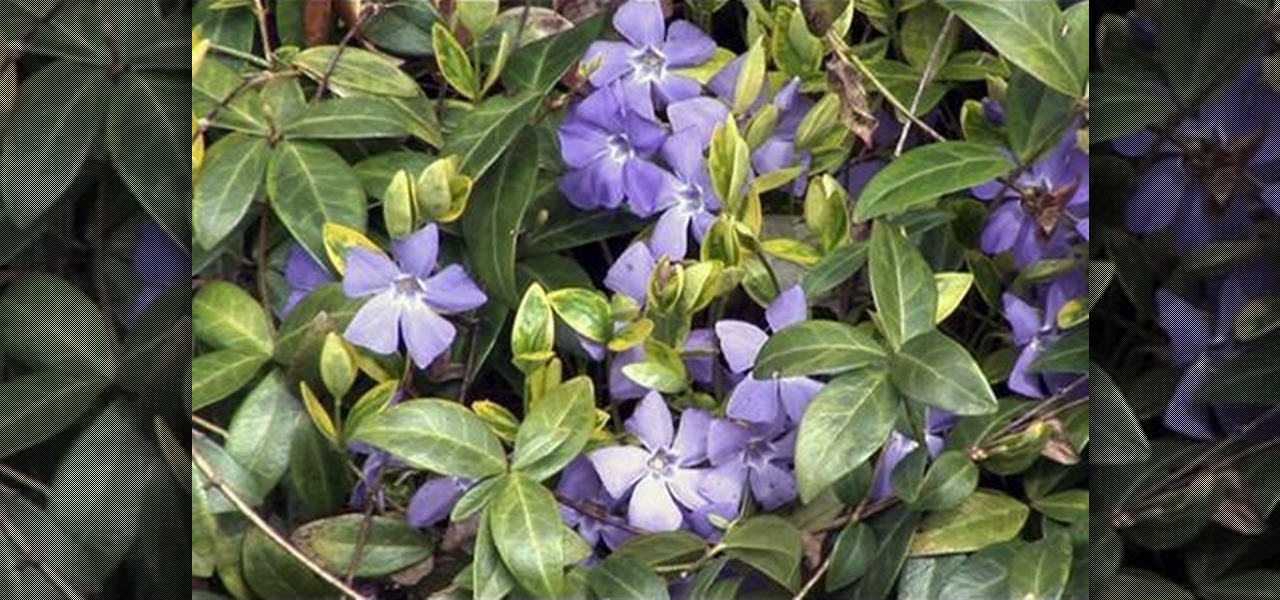
How To: Use vinca (or periwinkle) flowers in your garden
The vinca, or periwinkle, is a hearty flower that adds a lot to any garden. It comes in a variety of colors, and grows in the sun as well as the shade. But they're so hearty that you have to watch them, or they'll start springing up where they're not supposed to. In this video, Dave Epstein from Growing Wisdom walks you through using periwinkles in your garden.
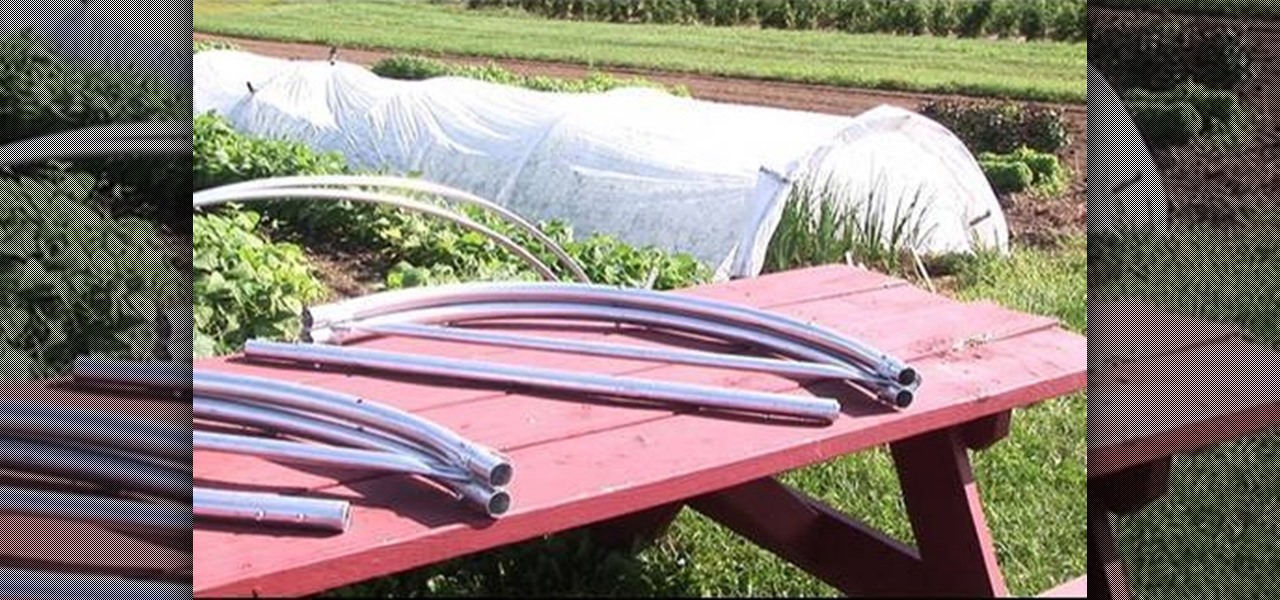
How To: Make hoops for your low garden tunnel
With low garden tunnels you can protect your plants from frost and insects, and you can overwinter your crops. In this episode of Growing Wisdom, host Dave Epstein will look at how to build a garden low tunnel. He'll focus on using the Quick Hoops Bender for the project.



